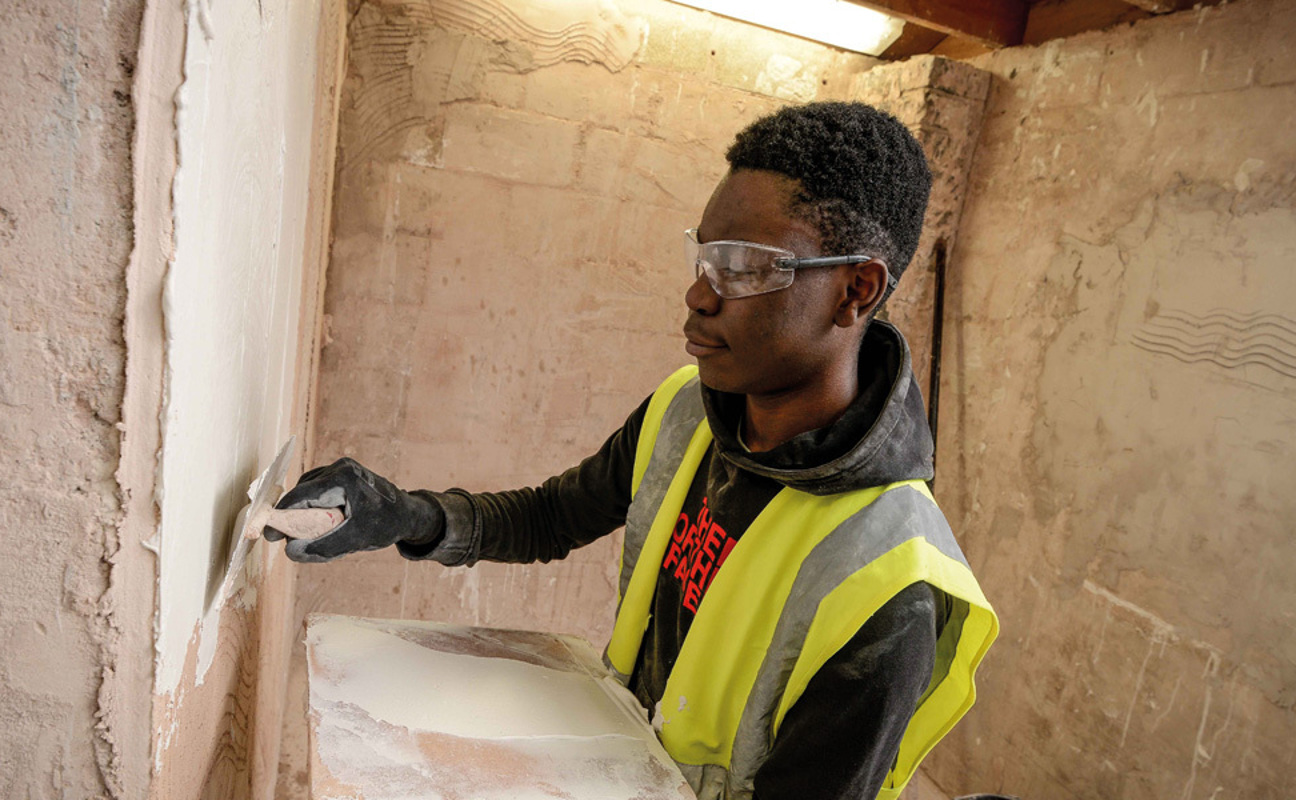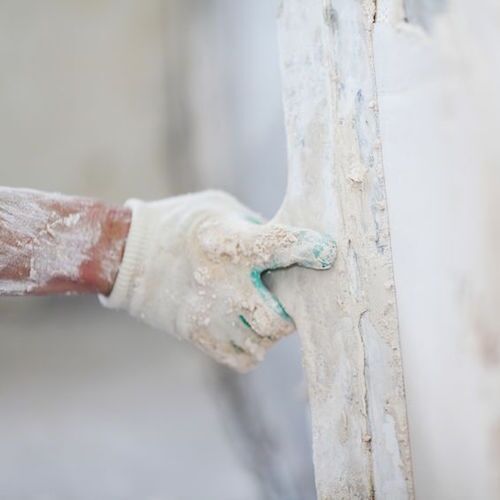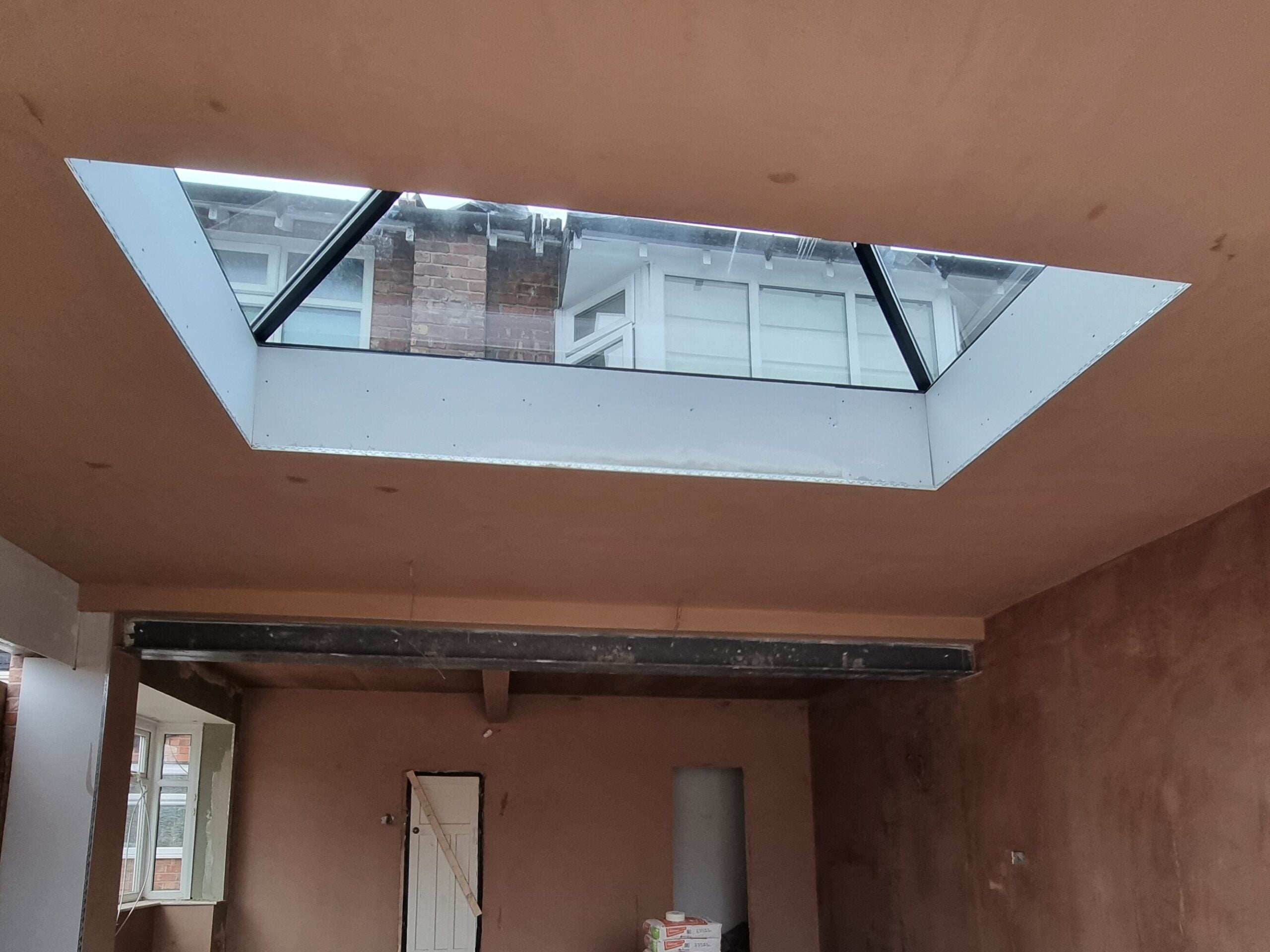Commercial Plastering: High-Quality Solutions for Workplace and Retail Spaces
Wiki Article
Trick Tips and Tools for Successful Plastering in your house Enhancement Ventures
Attaining a flawless plaster surface in your home renovation tasks needs a mix of the right devices and tried and tested techniques. Recognizing the nuances of mixing plaster and using it in thin layers can significantly affect the last result.Essential Plastering Devices
A plasterer's toolkit is basic to achieving a sturdy and smooth surface on wall surfaces and ceilings. The important tools include a selection of executes developed to promote the plastering procedure efficiently and properly. Secret elements include a hawk, which is a flat, square device used to hold the plaster while using it to surfaces. This tool permits for easy transport and application of the product.
Additionally, a mixing container is essential for preparing plaster, ensuring the ideal consistency prior to application. A gluing brush or sponge serves for smoothing and completing touches out structures. Last but not least, security devices such as handwear covers and masks should be included to secure the user from dirt and chemicals. Together, these important plastering tools make it possible for both professionals and DIY lovers to achieve premium cause their smudging jobs.
Surface Preparation Methods
Appropriately preparing the surface area before smudging is vital for making certain attachment and attaining a flawless surface. The very first step includes cleansing the surface area to eliminate any dirt, oil, or old paint that might prevent the plaster's capacity to bond effectively. A complete laundry with an ideal cleaning option is recommended, adhered to by permitting the surface and washing to dry totally.Following, assess the surface for any kind of blemishes or cracks. These need to be filled with an appropriate filler compound and allowed to treat according to the supplier's directions. For porous surfaces, using a guide is necessary to enhance and create a consistent appearance adhesion.
In addition, it is essential to make sure that the surface is secure and structurally noise. Any type of loose products, such as flaking paint or damaged drywall, must be repaired or removed. If functioning with stonework surface areas, think about making use of a scrape layer to improve hold.
Mixing Plaster Like a Pro

Utilizing a clean blending container, put the water initially, after that gradually include the plaster powder while mixing constantly. This approach assists to avoid clumping and makes certain an also circulation of products.
When mixed, allow the plaster to rest for a couple of mins to allow the plaster crystals to hydrate completely. This pause improves workability and decreases the risk of splitting throughout application. By adhering to these steps, you can mix plaster like a pro, setting the structure for an effective plastering task in your home improvement endeavors.
Application Methods for Smooth Finishes
With the plaster mix prepared to the suitable uniformity, the next step involves selecting proper application techniques to attain a smooth surface. This tool enables for a penalty, also distribution of plaster across the surface area while reducing trowel marks.Begin by using a charitable quantity of plaster to the surface area making use of the trowel, guaranteeing it adheres well. Utilize a methodical method, functioning from the bottom upward. When the first layer is used, make use of a sweeping movement to smooth the surface area, applying even stress. In locations that call for even more precise attention, think about making use of a float, which can help remove any type of imperfections and create a consistent appearance.
For the final touches, a moist sponge can be made use of to improve the surface additionally. Gently haze the plaster with water and carefully scrub the surface area to achieve a refined result. Constantly remember to function in tiny areas to preserve control official statement over the application process, making certain a smooth, professional coating throughout your plastering job.
Usual Mistakes to Avoid
When getting started on a plastering job, preventing typical blunders is critical for attaining a flawless surface. Ensure that all dust, oil, and loose products are removed prior to applying plaster.One more common mistake is using plaster as well heavily. Thick layers can fracture as they dry, jeopardizing the integrity of the surface. Instead, decide for several thin layers, enabling each coat to dry entirely prior to using the following.
Furthermore, poor mixing techniques can lead to inconsistent texture and workability. Always follow the producer's guidelines for blending ratios and extensively mix the plaster to achieve a consistent consistency.

Timing also plays a vital duty; plaster ought to be applied while the substratum is moist to improve adhesion. Top notch trowels and floats can make a substantial distinction in attaining a smooth surface.
Final Thought
Effective gluing calls for a comprehensive understanding of essential tools and strategies. Proficiency of these elements not only contributes to the visual allure of a space but additionally ensures sturdiness and durability in gluing projects, making them essential to effective home renovation ventures.A float is an additional important device, which helps in leveling the plaster and attaining a consistent surface area.

By following these steps, you can blend plaster like a pro, establishing the structure for an effective plastering job in your home enhancement ventures.
Lightly haze the plaster with water and delicately massage the surface area to accomplish a polished result.
Report this wiki page